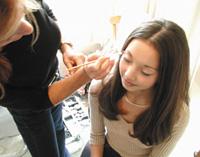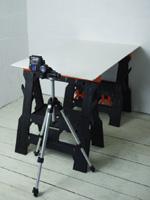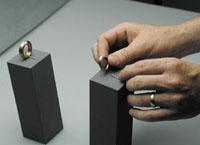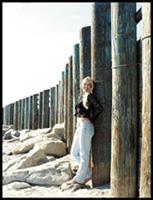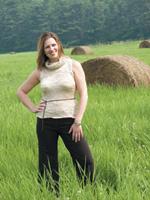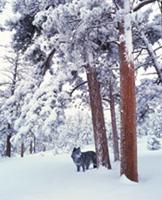Lighting
Sort By: Post DateTitle Publish Date
|
May 01, 2002
|
Sep 01, 2003
|
Jul 01, 2001
|
Jun 01, 2000
|
Nov 01, 2003
|
Oct 01, 2003
|
Jul 25, 2012 |
First Published: Jun 01, 2012
